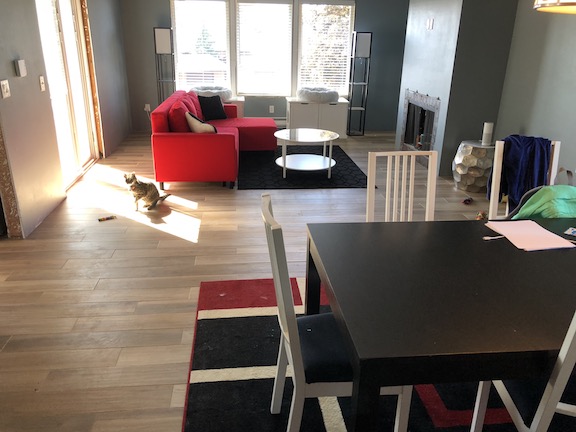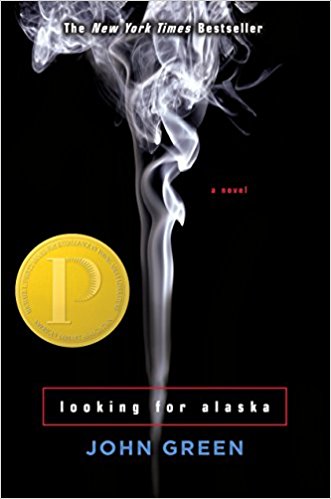 I first read Looking for Alaska two or three years ago, and reread it recently for the MFA. I enjoyed it the second time around, too. Of course, I was “reading as a writer” so the experience was a little different. Still, it’s a good story told well.
I first read Looking for Alaska two or three years ago, and reread it recently for the MFA. I enjoyed it the second time around, too. Of course, I was “reading as a writer” so the experience was a little different. Still, it’s a good story told well.
Miles Halter is a studious and mostly friendless 16-year-old in Florida when the book opens, but he’s fine with his situation. He does want more out of life and is seeking the “Great Perhaps,” a journey he’s starting by heading off to an Alabama boarding school—where he’s won a scholarship. Once there, he befriends his roommate, nicknamed “the Colonel”, who introduces him to other friends, especially a girl named Alaska. An evening conversation with her is all it takes for Miles to fall in love (she’s, of course, hot). But she’s also wild and has a boyfriend. She’s the quintessential manic pixie dream girl.
The Colonel and Alaska introduce Miles to cigarettes and drinking, and Miles takes to his new social life like a champ. Suddenly he’s a major rule-breaker along with the rest of them. Then, in some ways not a lot else happens until the major event a little past halfway through the book. Miles hangs out with them and continues to be smitten by Alaska. Another girl, Lara, has a bit of a crush on him and he sort of starts seeing her (he doesn’t mind getting his first BJ from her at all). But then the Big Event happens. And like the back of the book says, nothing is ever the same.
Except it kind of is, and Miles has to come to terms with that. Life is full of major events and they’re not all pleasant. Feeling a little guilty about their role in the Big Event, he and the Colonel embark on a mission to find out what happened, ultimately realizing that they can’t really know.
It’s cool to see Miles develop over the second half, actually. Because he’s not really very nice to the people around him, especially Lara. He’s a believable, fairly self-absorbed boy. But by the end he has grown and I think he’s on his way to being a nicer guy.
Miles’s voice in the book is great—intelligent and a little sarcastic (not too much). And the novel is funny. Miles says:
You can say a lot of bad things about Alabama, but you can’t say that Alabamans as a people are unduly afraid of deep fryers.
Green has a way with words and pulls you into all the characters. Alaska is the most elusive of the major characters, but that’s by design.
So if you want to see a realistic portrayal of a teen boy going through his first real crush and having to deal with his first real tragedy, this is a good book for it. But if you can’t handle kids behaving badly, you might not like it. Because they do a lot of getting up to no good.
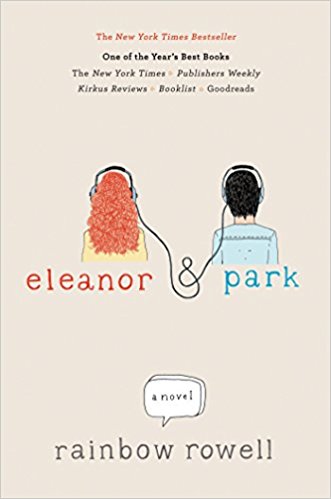 Eleanor & Park is one of my favorite books because it’s a wonderful emotional roller coaster-ride. Rowell is probably my favorite author because of what she can do with details. Who knew hand-holding could be as intense as she makes it?
Eleanor & Park is one of my favorite books because it’s a wonderful emotional roller coaster-ride. Rowell is probably my favorite author because of what she can do with details. Who knew hand-holding could be as intense as she makes it?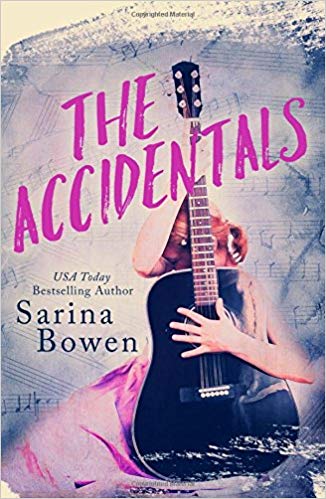 I’m a huge fan of Bowen’s adult romances, especially the True North series set in Vermont. So of course I had to check out her first YA book.
I’m a huge fan of Bowen’s adult romances, especially the True North series set in Vermont. So of course I had to check out her first YA book.
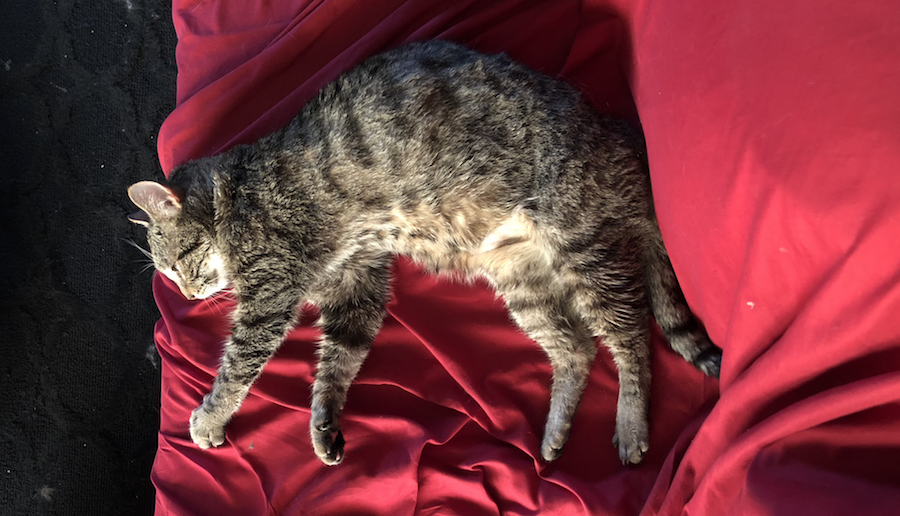
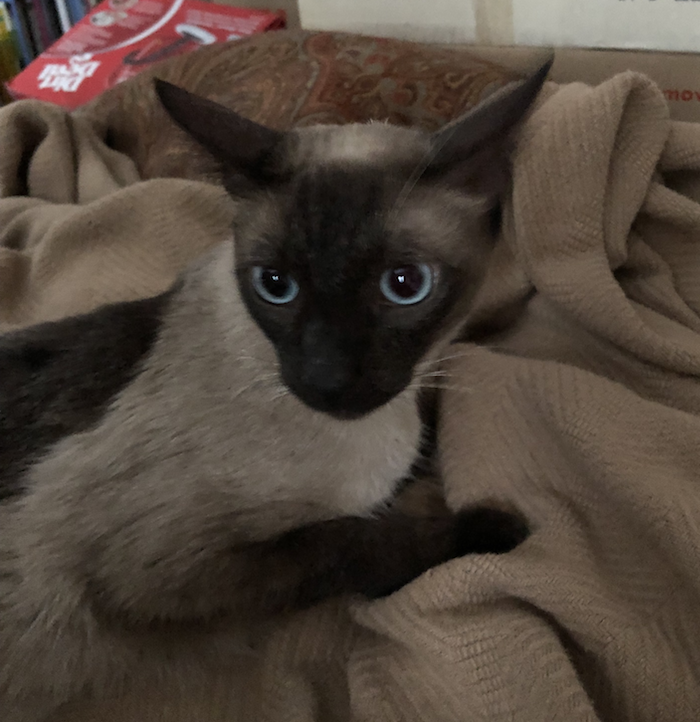
 Jellicoe Road is a layered contemporary with a carefully-woven-in mystery. It’s beautifully written. But I have to admit, it’s also just the kind of book that makes me feel a little dumb, because I regularly felt like I didn’t fully understand everything that was going on (especially in the beginning). This can happen with complex books—I am often a lazy reader and don’t always pick up on very subtle nuances, which abound in this book. Still, that doesn’t make it a bad book and I did enjoy it (things made sense for me by the end).
Jellicoe Road is a layered contemporary with a carefully-woven-in mystery. It’s beautifully written. But I have to admit, it’s also just the kind of book that makes me feel a little dumb, because I regularly felt like I didn’t fully understand everything that was going on (especially in the beginning). This can happen with complex books—I am often a lazy reader and don’t always pick up on very subtle nuances, which abound in this book. Still, that doesn’t make it a bad book and I did enjoy it (things made sense for me by the end).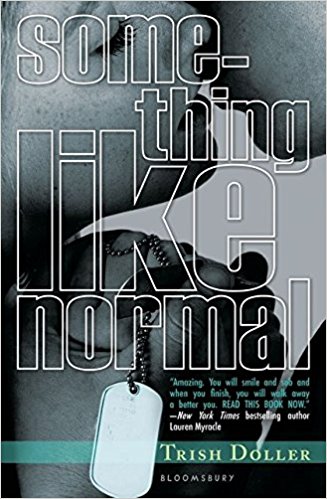 Something Like Normal is a slim book that explores a few weeks in the life of Travis Stephenson, a 19-year-old Marine home on leave after a tour in Afghanistan. His best friend there was recently killed and Travis is having apparent PTSD symptoms even though it’s undiagnosed because he’s afraid to seek help. He has nightmares and keeps thinking he’s seeing his dead friend. This definitely makes for a good story. And I did enjoy it, even though there were some things that bugged me about it.
Something Like Normal is a slim book that explores a few weeks in the life of Travis Stephenson, a 19-year-old Marine home on leave after a tour in Afghanistan. His best friend there was recently killed and Travis is having apparent PTSD symptoms even though it’s undiagnosed because he’s afraid to seek help. He has nightmares and keeps thinking he’s seeing his dead friend. This definitely makes for a good story. And I did enjoy it, even though there were some things that bugged me about it.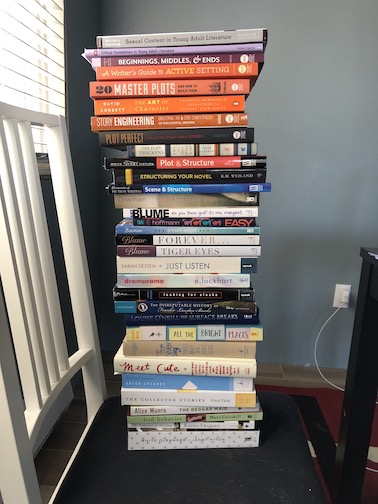
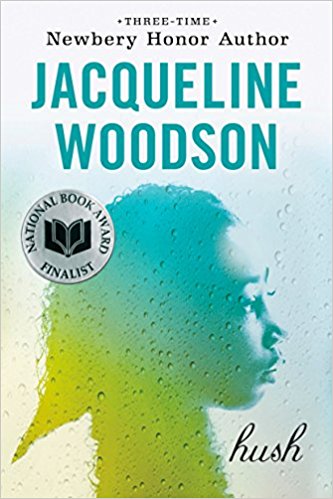 There’s good reason this is a well-known and well-respected book. Woodson has done a great job with a tough subject, written 16 years ago—long before the publishing world started earnestly trying to make up for its lack of diversity.
There’s good reason this is a well-known and well-respected book. Woodson has done a great job with a tough subject, written 16 years ago—long before the publishing world started earnestly trying to make up for its lack of diversity.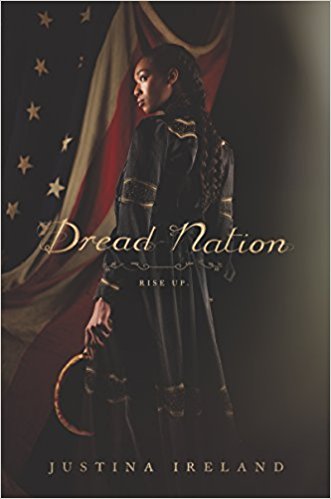 This is really a remarkable and very powerful book. First off, it’s a very engaging and exciting story with some action. You’ve got the Civil War setting and you’ve got zombies. I’m pretty sure that Civil War era isn’t a common setting in YA historical fiction, so that’s a nice thing right there. But Ireland has really twisted that setting with her introduction of zombies, or shamblers as they call them in the book (which is, by the way, an awesome term).
This is really a remarkable and very powerful book. First off, it’s a very engaging and exciting story with some action. You’ve got the Civil War setting and you’ve got zombies. I’m pretty sure that Civil War era isn’t a common setting in YA historical fiction, so that’s a nice thing right there. But Ireland has really twisted that setting with her introduction of zombies, or shamblers as they call them in the book (which is, by the way, an awesome term).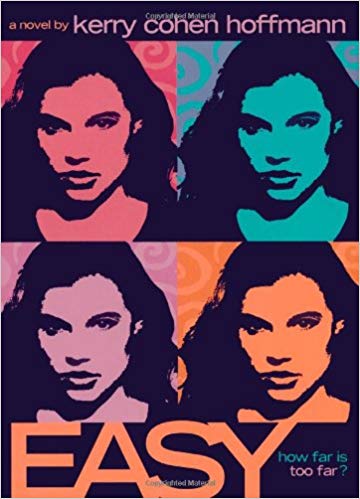 For full disclosure, this author is going to be my faculty mentor for the first semester of my MFA, which is why I picked up her books. However, I haven’t met her yet so I figured I can still be trusted with a review.
For full disclosure, this author is going to be my faculty mentor for the first semester of my MFA, which is why I picked up her books. However, I haven’t met her yet so I figured I can still be trusted with a review.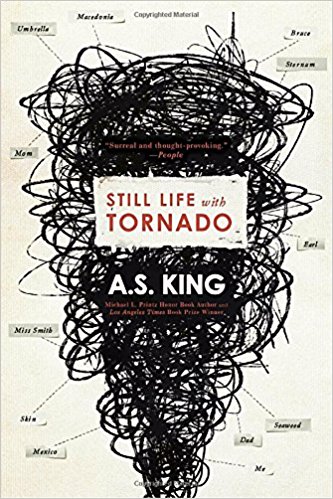 King loves to work with weird ideas, and this book is no exception. At the beginning of the book, all we know about Sarah is that something happened at school that has her unwilling to go anymore. She was a talented artist but whatever happened seemed to suck her ability to draw right out of her fingers. She wanders Philadelphia by bus and ponders how literally nothing is original. Nothing she does, nothing anybody else does, nothing. She’s depressed and having an existential crisis.
King loves to work with weird ideas, and this book is no exception. At the beginning of the book, all we know about Sarah is that something happened at school that has her unwilling to go anymore. She was a talented artist but whatever happened seemed to suck her ability to draw right out of her fingers. She wanders Philadelphia by bus and ponders how literally nothing is original. Nothing she does, nothing anybody else does, nothing. She’s depressed and having an existential crisis.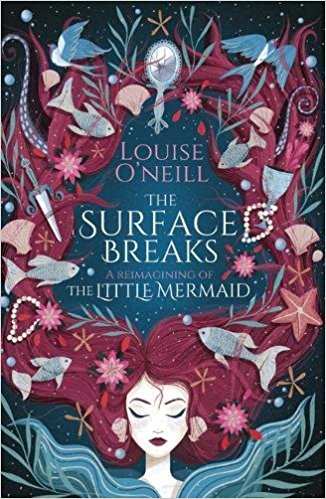 I had high expectations for The Surface Breaks because I think O’Neill is an amazing and very skilled writer. She did not let me down. This book is different from her others, as it’s a reimagining of the fairy tale The Little Mermaid.
I had high expectations for The Surface Breaks because I think O’Neill is an amazing and very skilled writer. She did not let me down. This book is different from her others, as it’s a reimagining of the fairy tale The Little Mermaid.